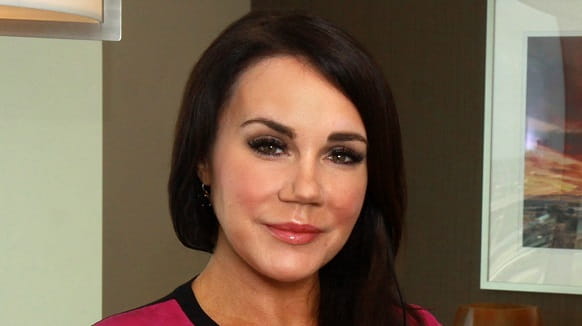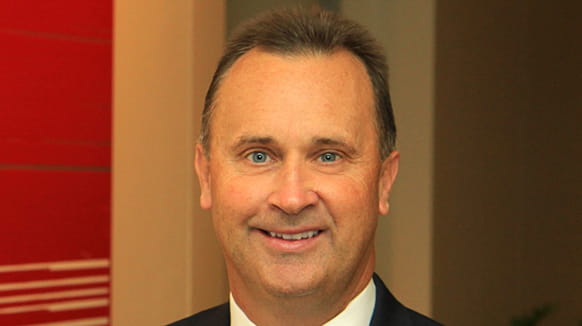Recent changes to the tax code—enacted through the so-called One Big Beautiful Bill—will significantly alter the way both individual and corporate donors approach charitable giving. These updates, effective for the 2026 tax year, impact everyone from standard deduction users to high-income philanthropists and corporations. Donors and nonprofit organizations alike should begin planning now to maximize tax benefits and understand the new limitations.
1. Donors Who Use the Standard Deduction
Prior to the One Big Beautiful Bill, charitable donations made by an individual who takes the standard deduction on their income tax return could not take advantage of the charitable deduction.
Beginning in the 2026 tax year, a reinstated deduction allows non-itemizers to deduct cash donations to charity—up to $1,000 for single filers or $2,000 for married couples filing jointly.
2. Top-Bracket Donor Restrictions
Donors in the higher tax brackets who are considering significant philanthropic gifts may consider accelerating those gifts to 2025 to maximize their deductions.
Beginning in the 2026 tax year, the itemized charitable deduction is set at 35 percent. This means that if a donor is taxed at a 37 percent marginal rate, they would receive a $35,000 deduction on a $100,000 contribution rather than $37,000 (the current deduction available for a $100,0000 contribution).
3. Floor on Deductions for Corporations and Itemizers
Beginning in 2026, deductions for individuals who itemize their deductions and make charitable contributions will be limited to the extent the charitable contributions exceed 0.5 percent of the individual’s adjusted gross income (for example, a person with $500,000 of adjusted gross income would lose $2,500 of charitable deductions).
Similarly, deductions by corporations will be limited to charitable contributions that exceed 1 percent of their taxable income.
4. What Should Be Considered
a) Individuals who take advantage of the standard deduction could consider delaying contributions. Also, charitable organizations should consider educating potential donors on the changes to the deductibility of charitable contributions.
b) Higher-tax-bracket individuals could consider accelerating charitable gifting. This could be accomplished by direct gifts to charitable organizations or by charitable contributions to a donor-advised fund.
5. Discuss with Tax Professional
Individuals should discuss the One Big Beautiful Bill with their tax advisor and discuss what charitable gifting strategies work best.



